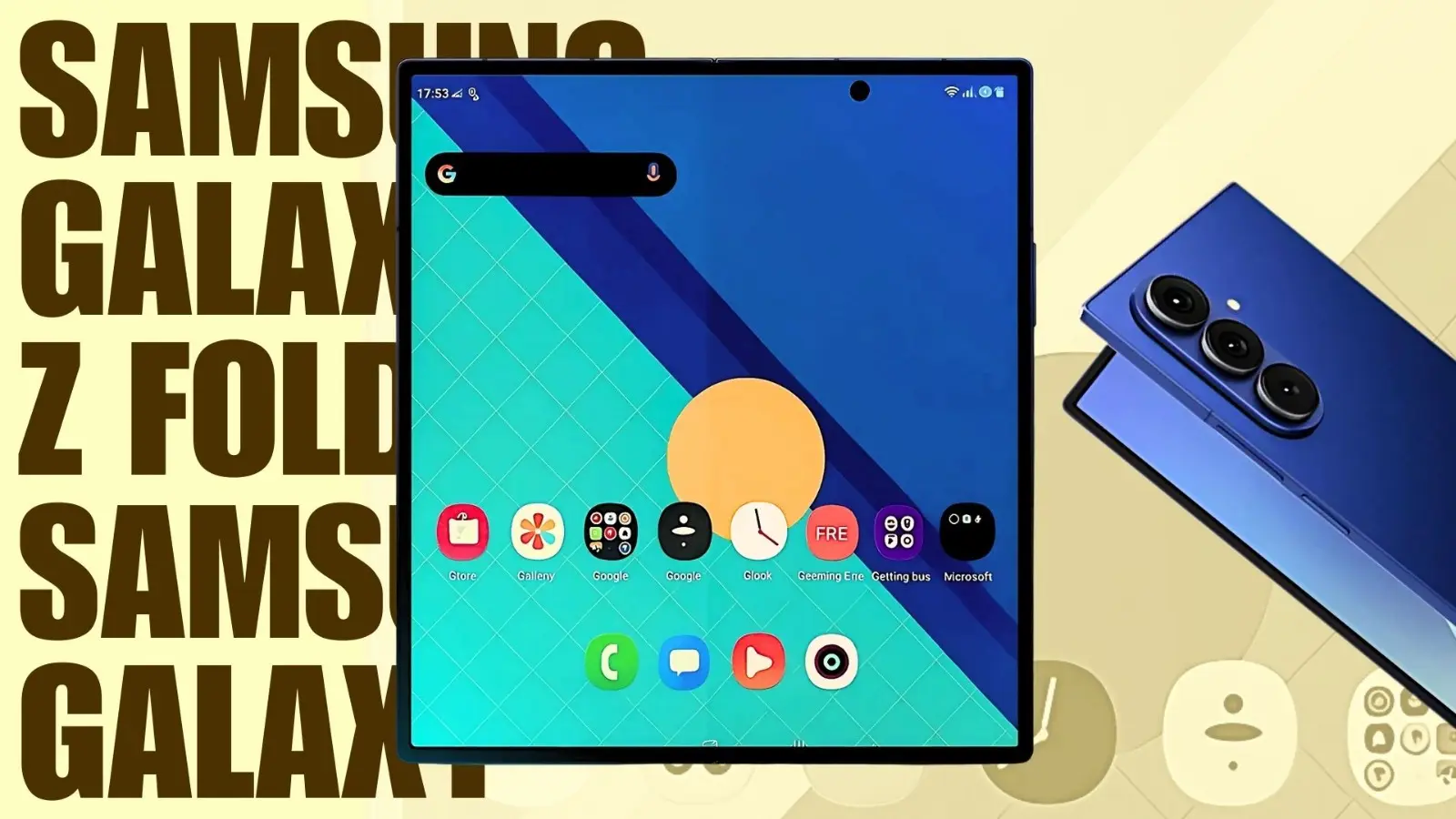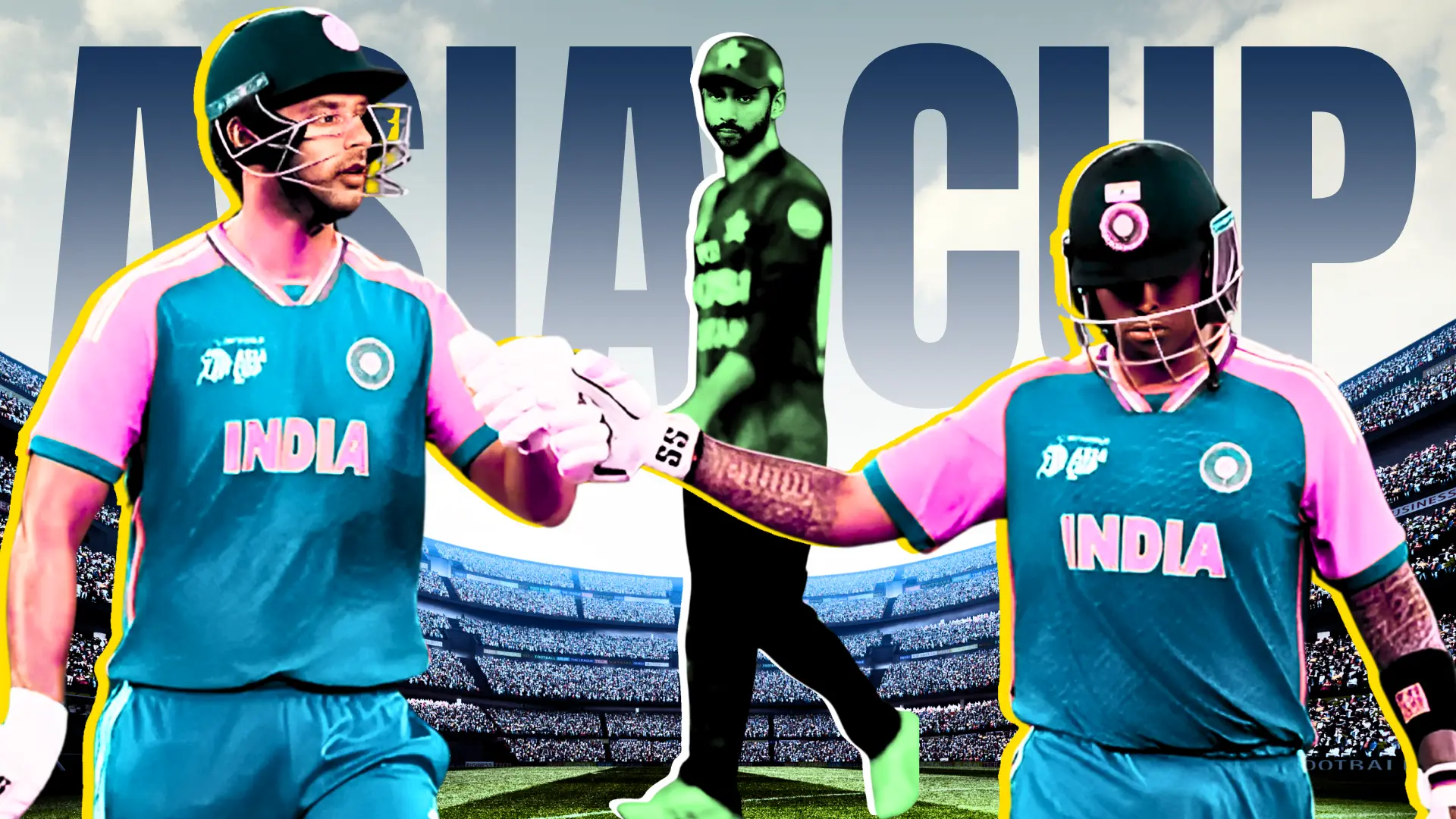Samsung Galaxy Z Fold 7 Review: The Fold You Forget Is A Fold
Story Highlights
Every Samsung Galaxy Z Fold generation has promised to be sleeker. The Z Fold 7 is the first one that actually feels radically different the second you pick it up.

Galaxy Z Fold 7 is slimmer, lighter, with a usable 21:9 cover, finally a foldable that feels everyday-ready.
I’ve lived with foldables long enough to see them grow from experimental showpieces to devices I can genuinely rely on every single day. I still remember reviewing the first Galaxy Fold in 2019. I now feel it like holding a science experiment that somehow escaped the lab. So much so that Samsung seeded the review unit just for a week, along with some ‘instructions’. You bought it to show off, not to actually use. Even Fold 3 and Fold 4, while much more refined, carried some compromises to feel like true everyday phones. Fold 5 improved the hinge, yes, but the overall package still leaned more enthusiast than mainstream.
That said, the Galaxy Z Fold line always carried a few asterisks: an outer screen that felt like a compromise, cameras that lagged behind Samsung’s own slab flagships, heft in the pocket, and a crease that constantly reminded you of the engineering magic and the engineering trade-offs. So, when the Galaxy Z Fold 7 arrived and I decided to use it as my primary phone, I went in fully ready to be impressed but also fully prepared to sigh, ‘maybe next year’ again. But this time, I didn’t sigh. I smiled.
Samsung hasn’t reinvented the category, but it has polished nearly every rough edge that kept the Fold from feeling genuinely mainstream. The company has tackled size, weight, durability, display usability, cameras and software fluidity in one go in the Z Fold 7. Yes, there are still decisions that make the purist in me frown—more on the S Pen in a bit—but this time, the Fold absolutely feels like ‘the right idea finally done right’. I’ve kept the Fold 7 as my primary phone for almost two months and here’s what I feel about it.
Design: Every Fold generation has promised to be sleeker. The Z Fold 7 is the first one that actually feels radically different the second you pick it up. Samsung’s move from a chunky 12.1mm folded profile to a startling 8.9mm when closed and 4.2mm when open is not a gentle trim. It’s a big, brave haircut that I didn’t imagine Samsung could afford but it did. And the 215g weight transforms how you carried previous fold devices. For instance, when Vivo showcased its X Fold5 at just 9.2mm thick and 217 grams, it genuinely impressed me. At that time, I thought Vivo had taken a real edge over Samsung. But then came the Z Fold 7—and it flipped the script. Suddenly, Samsung wasn’t just catching up, it was leading the race with the slimmest and lightest foldable phone yet. Honestly, I expected a slow, gradual decrease in thickness and weight over the years, not this dramatic leap. And that’s exactly why the Fold 7 feels like a turning point. In hand, it gives you that “proper flagship” confidence. In a jeans pocket, it sits flat and doesn’t jab your thigh. You might even forget you’re carrying a foldable. That’s new. Older Folds were thicker and always made their presence.
The frame is Armour Aluminium which Samsung says is 10% stronger than before, the cover gets Gorilla Glass Victus Ceramic 2, and the inner screen is reinforced with a titanium-alloy plate while the Ultra-Thin Glass itself is thicker for added resilience. The Armor FlexHinge uses a water-droplet design so the phone shuts without a gap and the crease softens a little more. The hinge action is addictively smooth, quiet and firm. You can stop it at various angles for Flex Mode or slam it shut and feel that precise mechanical click that makes your lizard brain happy.
The hinge tension is tuned nicely. It’s firm enough to hold angles for Flex Mode, but never so stiff that you’re fighting it. The one-hand open remains a little circus trick, but two-handed opens are smooth and satisfying, and the close feels tighter than before.
That crease still exists. Let’s not pretend otherwise. But it’s less intrusive in two ways: it’s visually subtler under typical indoor lighting, and haptically less pronounced when you slide a finger across the middle. If you’re coming from a Fold 5/6, you’ll see and feel the improvement within a day. On durability, we’re now at a level that doesn’t make you baby the device. The IP48 rating gives you dust and water confidence for real-world experiences.
Display: Now comes the display, and all of us have been waiting for this change for years. The outer display on earlier Folds was usable, sure, but narrow and always gently prodding you to open the phone for anything beyond quick replies. The 6.5-inch Dynamic AMOLED 2X cover screen on the Fold 7 with its 21:9 aspect is finally a proper smartphone face. Not too tall, not too skinny, just comfortable for everyday use..
Typing is natural. Scrolling is smooth at 120Hz. Apps look like they should look and not like they were squeezed into a letterbox. During my testing, I used the outer display around 60–70% of the time. Which means the big inner canvas became a choice instead of a requirement. This single shift changes the whole proposition of the Fold.
Open the device and the 8-inch AMOLED still gives you the portable tablet payoff. It’s a 120Hz LTPO panel that ramps refresh intelligently. I used it outdoors and the 2600 nits peak brightness now means outdoor visibility no longer feels like a foldable weak spot. It’s absolutely on point. I could read texts easily without any strain on my eyes. About that crease again: yes, it’s visible in certain lighting. No, it didn’t bother me once content filled the screen. Colours remain classic Samsung-style. Blacks are inky and the touch layer feels responsive whether you’re navigating, scribbling (with your finger now that S Pen is gone) or rearranging multitasking panes.
The big takeaway is simple: both screens are now excellent at their respective jobs. One is a normal phone. One is a compact tablet. You choose which one you want, not which one you must use.
Camera: For years, Fold owners accepted cameras that were ‘good enough’ but never truly flagship-grade. The Galaxy Z Fold 7 marks the beginning of the end of that era. It gets a 200MP primary camera that’s essentially lifted from the S-series flagship stable, paired with a 12MP ultra-wide and a 10MP 3x telephoto.
Let’s start with the main sensor. The results are confidently flagship. Daylight shots exhibit superb detail and wide dynamic range. Greens are rich without becoming neon. For example, I clicked a shot of a park with trees under bright afternoon sun. The leaves held their texture without looking like plastic. The sky behind showed natural gradients instead of flat blue. Even the shadows under the benches carried detail. A street shot in harsh Delhi sun held details in the shadows of parked cars without turning the sky into a white sheet. Compared to last year, Samsung’s processing looks cleaner, with less over-smoothing and more realistic micro-contrast.
The 3x telephoto is great for portraits and tighter framing. It doesn’t have the 5x or 10x periscope magic some Chinese rivals flex, but within its range the optics are crisp and the stabilization works nicely. Push to 10x/30x and you’re not going anywhere in quality. The 12MP ultra-wide manages edge geometry well.
Selfies are a two-camera story. The outer 12MP hole-punch is good for social posts. The inner under-display camera is perfectly fine for video calls, but still not a very usable camera. If you want the best selfie, remember you can fold the phone, use the rear cameras, and frame yourself on the cover screen.
Video performance is comprehensive: 8K30 on the main, 4K60 across lenses. The footage I captured had the same confident look I expect from Samsung’s premium cameras.
This is the first Fold where the camera system doesn’t feel like the tax you pay for having a hinge. It feels properly top-tier.
Performance: The Fold 7 runs Qualcomm’s latest Snapdragon 8 Elite for Galaxy SoC. Pair that with up to 16GB LPDDR5X RAM and UFS 4.0 storage, and you’ve got top-tier Android performance with the headroom foldable multitasking demands. RAM is tied to storage. The 1TB variant gets 16GB, while the 256GB and 512GB models come with 12GB. Day-to-day, it’s everything you expect from a flagship in 2025. You experience instant app launches, zero hesitation swapping between email, and Chrome tabs, and a complete absence of frame drop as you slide windows around. Gaming is also good. I spent weekends on Genshin Impact, COD: Mobile, BGMI and Asphalt 9, and the device kept frame rates smooth. On that 8-inch canvas, open-world games feel cinematic, almost like carrying a mini-tablet. When I pushed it for sessions of 40 to 45 minutes, the Fold 7 only got slightly warm. To be fair, the heat does creep in if you’re outdoors or gaming while charging, and you’ll feel it more around the hinge area, but it’s not a dealbreaker.
Samsung’s foldable software has matured. With One UI 8, the Fold feels like a platform built for folding, not an OS stretched awkwardly. The persistent taskbar makes multitasking easy. Split-screen up to three apps works fluidly. I could browse Twitter, reply to WhatsApp and keep YouTube playing side by side. Floating windows are also useful. You can keep a small calculator or notes app hovering while you’re filling a form. Flex Mode also earns its keep. Fold the phone halfway and YouTube neatly pushes the video up top while the controls settle below.
For those who loves the S Pen. As, you know there's no S Pen in the Fold 7. Not even optional. No case support. Samsung says it’s because of the thinner design and no space for a digitiser. That’s fair. I didn’t miss it much, personally. But I get it if you do but I think it's gone forever from the Z Fold series forever or at least until Samsung comes up with some groundbreaking tech to bring it back.
Battery: Battery life lands in the ‘one day’ zone with mixed use and heavy outer-screen time. The 4400mAh dual-cell pack is unchanged from last year, but efficiency gains and my greater reliance on the outer screen kept me happy. On heavier days of travel, camera use, screen on time north of 6 hours, I wanted a top-up by evening. Charging is the conservative part of Samsung’s playbook.It’s still capped at 25W wired, fuelling the battery to roughly 50% in 35 minutes. It’s also behind the times when rivals are sprinting at 80–120W. If you’re coming from a super-fast-charging Chinese flagship, you’ll feel it. If you’re coming from an iPhone, you’ll shrug and carry on.
The bigger picture is that endurance is now dictated more by how you use the Fold than by any glaring battery weakness. Stick to the outer screen for routine tasks and dip into the inner screen for focused work or media, and you’ll be fine. Treat the inner screen like your default, and you’ll live on a charger.
Verdict: When a foldable works, it changes your habits. The Fold 7 did that for me. Quick messages, calls, maps, and casual social media? All on the cover. Long reads, spreadsheets, photo editing, multi-app workflows, and bingeing? Inner. I wasn’t fighting the hardware. I was flowing with it. Earlier Folds begged you to justify the inner screen. The Fold 7 simply gives you two great screens and stays out of the way.
That said, the new Fold doesn’t come cheap. At Rs. 1,74,999 for the base model, that’s a Rs. 25,000 jump over the Z Fold 6. That might raise an eyebrow, especially when Samsung hasn't included fast charging or any new accessories to soften the blow. However, this is the first Fold I can recommend without caveats. It’s slim, light, powerful, polished and versatile. The upgrades over Fold 6, especially in design, everyday handling and usability aren’t just incremental, they genuinely make a difference. A huge difference. Now, if you’re an extreme Note loyalist who lives for the S Pen, you’ll probably feel that sting. Samsung axed the stylus to keep things thin and it's understandable.
Trending Videos

What's REALLY behind India's Dowry Problem?

Asia Cup 2025: Why Pakistan can’t win anymore

Adda | Gemini AI EXPOSED! Are AI Photos a Big Lie?

Bhikhari Pakistan’s Cup of Shame

Rana Daggubati Interview: Rana Returns, Scandals Get Wilder

Babil Khan Reacts to Viral Influencer Memes

Aligarh Saas-Damaad Saga

Haryana’s Missing Brides, Rising Bachelors

India’s Greenest Building Marvel

Inside the Gut-Brain Connection

Fukra Insaan Interview on Bigg Boss, Munawar & His Upcoming Projects


